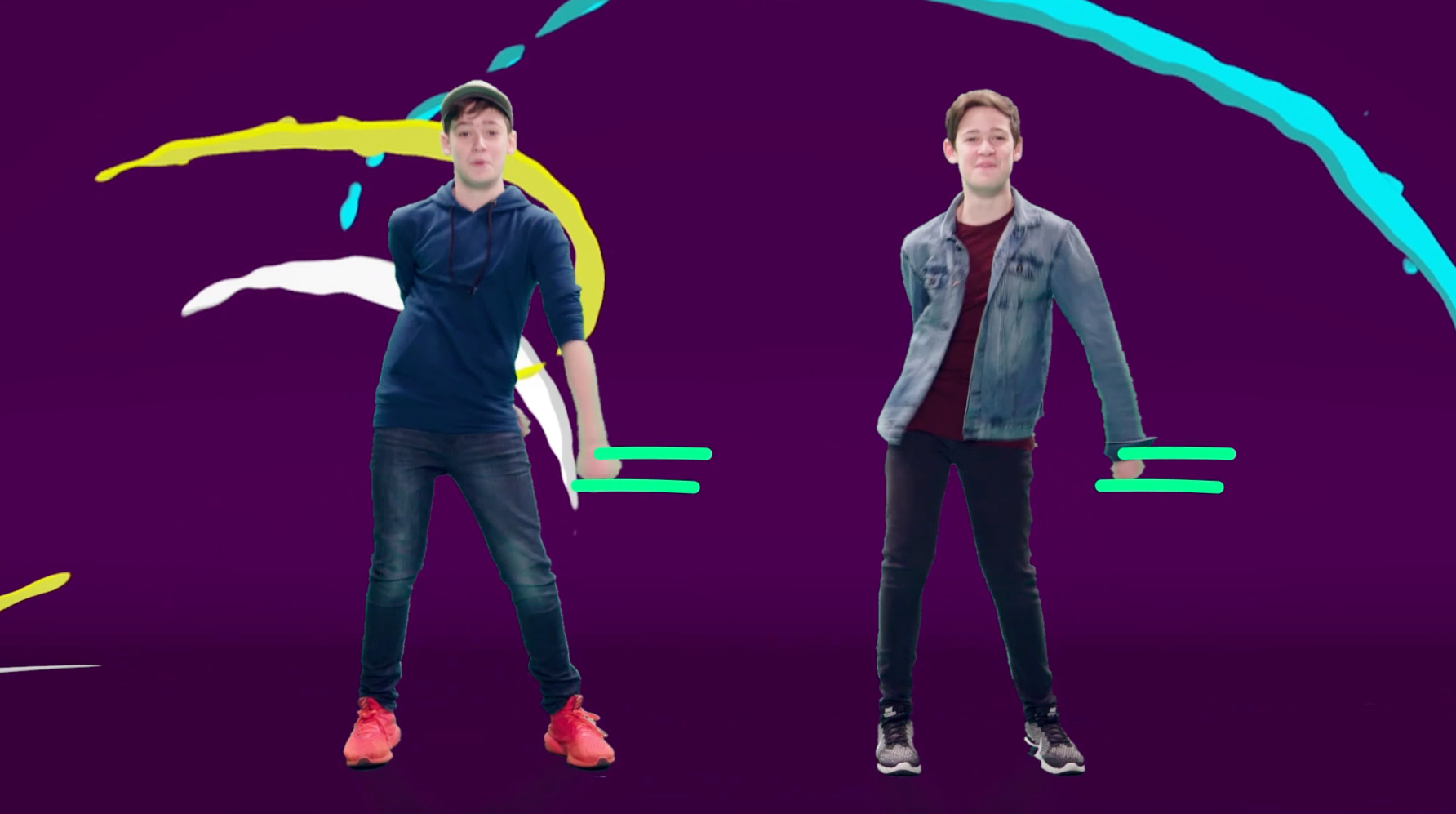
‘Choreography: the art or practice of designing sequences of movements of physical bodies (or their depiction) in which motion, form or both are specified. Choreography may also refer to the design itself.’*
Motion design and choreography go hand in hand. Both are a way of connecting individual elements to create a fluid piece or tell a story. When I work with motion graphics, videos surrounding choreography definitely influence my work.
I begin by creating a routine in my head, and visualising how I can animate particular elements, much like a choreographer will do. I then try to recreate this with shapes, linked through timing and animation, as a dancer would display the elements of a routine. Altogether, this creates a final piece that – hopefully- leaves a memorable impression on the audience’s minds.
I find that having a good understanding of choreography is really useful when it comes to conveying a story to an audience. By manipulating particular elements such as time, space and design as well as developing a structure or order to the piece – much like you do within choreography- The essence of the piece changes, and you can evoke certain emotions.

A dancer will typically have a piece of music to perform to, however this isn’t always the case with motion design, meaning that they don’t always need to follow a rhythmic pattern. However, I find that adding music or animating the graphics to a particular rhythm only enhances and compliments the piece.
Watching choreography is a great source of inspiration when it comes to generating ideas for motion graphics and animation, especially in terms of timing and spatial relationships. It’s something that helps me to create beautiful and fluid designs. I’ll leave you with an example that has influenced my work of choreography inspiring design.
Choreography definition: https://en.wikipedia.org/wiki/Choreography